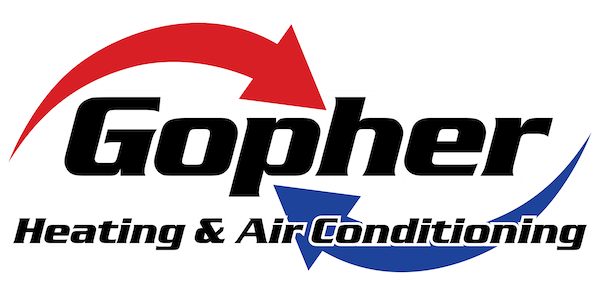
You shouldn’t need to compromise on comfort or empty your wallet to keep your house at the right temperature during hot days.
But what is the right setting, exactly? We discuss suggestions from energy pros so you can find the best temperature for your residence.
Here’s what we suggest for the most energy-efficient setting for air conditioning in Savage.
Recommended Thermostat Settings for Summer
Most people find using the thermostat at 72-73 degrees is ideal. However, if there’s a sizeable difference between your indoor and outdoor warmth, your AC costs will be higher.
These are our suggestions based on the U.S. Department of Energy (DOE) and ENERGY STAR®.
While at home: 78 degrees. While that sounds warm, there are ways you can keep your home refreshing without having the AC on all the time.
Keeping windows and window treatments shut during the day keeps cold air where it belongs—inside. Some window treatments, like honeycomb shades or plantation shutters, are made to offer added insulation and enhanced energy savings.
If you have ceiling fans in your house, the DOE says you can raise thermostat temps about 4 degrees warmer without compromising comfort. That’s because they freshen through a windchill effect. Because they cool people, not areas, turn them off when you leave a room.
If 78 degrees still appears too uncomfortable on the surface, try conducting an experiment for about a week. Begin by increasing your setting to 78 degrees while you’re home. Then, progressively turn it down while adhering to the ideas above. You could be astonished at how cool you feel at a hotter temperature setting.
While away: 88 degrees. There’s no rationale for keeping the air conditioning running all day while your residence is empty. Moving the temp 7–10 degrees higher can save you as much as 5–15% on your air conditioning costs, according to the DOE.
When you come home, don’t be tempted to switch your thermostat colder than 78 to cool your residence faster. This isn’t productive and typically leads to a higher cooling cost.
A programmable thermostat is a useful method to keep your settings in check, but you need to set programs. If you don’t utilize programs, you might forget to move the set temperature when you take off.
If you need a handy solution, think over getting a smart thermostat. This thermostat links with your phone, so it realizes when you’re at home and when you’re out. Then it intuitively changes temperature settings for maximum savings. How much exactly? About $180 yearly on heating and cooling, according to ENERGY STAR.
Another advantage of using a smart thermostat? You can use your phone to keep an eye on and adjust temperature settings from almost anywhere.
While sleeping: Around 70 degrees. While ENERGY STAR advises 82 degrees, that might be unbearable for the majority of families. Many people sleep better when their bedroom is chilled, so that’s why the National Sleep Foundation advises 60–67 degrees. But that could be too cool, due to your PJ and blanket preference.
We advise following a comparable test over a week, putting your temp higher and slowly turning it down to determine the right temperature for your residence. On pleasant nights, you may find keeping windows open at night and running a ceiling fan is a better idea than running the AC.
More Methods to Save Energy During Warm Weather
There are other approaches you can spend less money on energy bills throughout the summer.
- Upgrade to an energy-efficient AC system. Central air conditioners only last about 12–15 years and become less efficient as they become older. An updated air conditioner can keep your house comfier while keeping AC costs small.
- Set yearly air conditioner tune-ups. Annual air conditioner maintenance keeps your system running properly and could help it operate at greater efficiency. It might also help lengthen its life cycle, since it helps techs to spot small problems before they cause a major meltdown.
- Change air filters frequently. Use manufacturer instructions for replacing your air filter. A clogged filter can lead to your system short cycling, or run too much, and increase your energy.
- Check attic insulation levels. Almost 90% of homes in the U.S. don’t have proper insulation, according to the Insulation Institute. Most southern climates should have 13–14” of attic insulation, while northern climates require 16–18”.
- Have your ductwork inspected. Ductwork that has separated over time can leak cool air into your attic, walls or crawl space. This can lead to major comfort troubles in your house, like hot and cold spots.
- Seal cracks, doors and windows. Keep humid air where it should be by closing holes. You can also caulk or weather strip doors to trap more cool air inside.
Use Less Energy During Hot Weather with Gopher Heating and Air Conditioning
If you need to conserve more energy during hot weather, our Gopher Heating and Air Conditioning pros can provide assistance. Reach us at 952-373-0377 or contact us online for extra info about our energy-saving cooling solutions.



